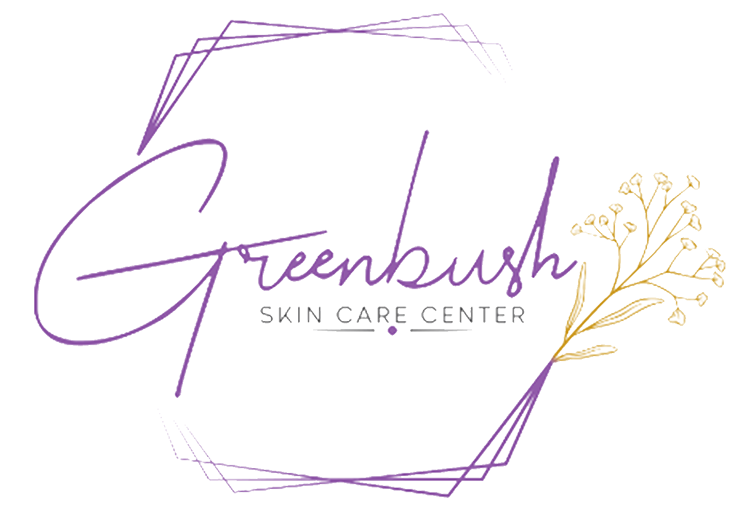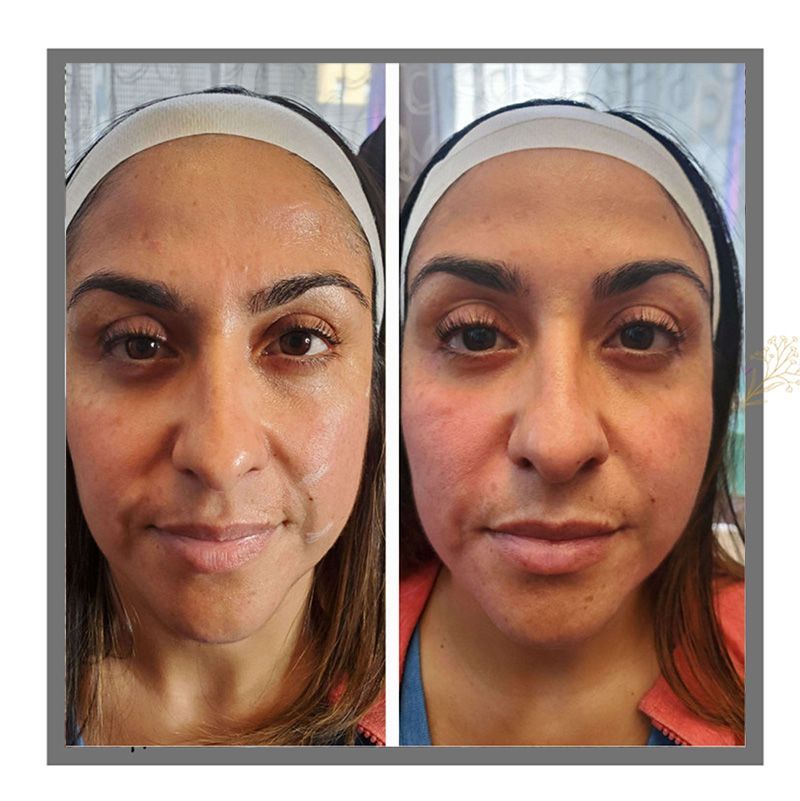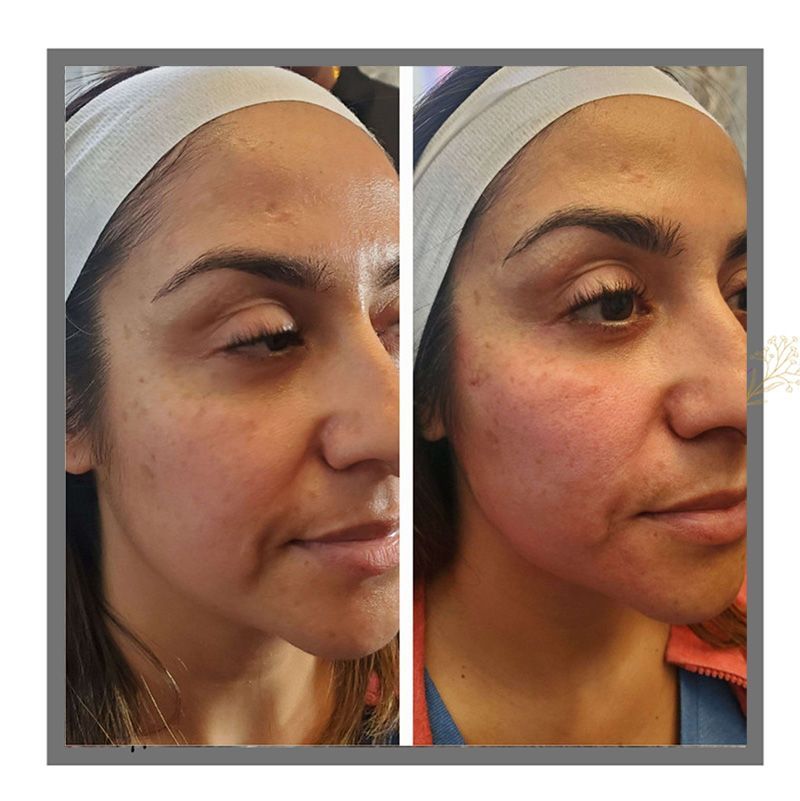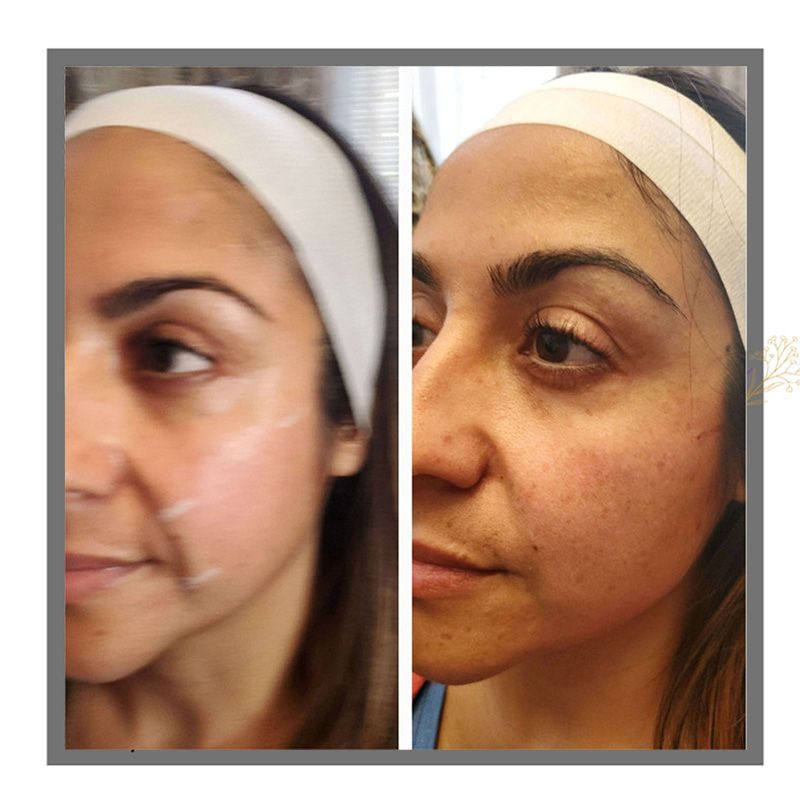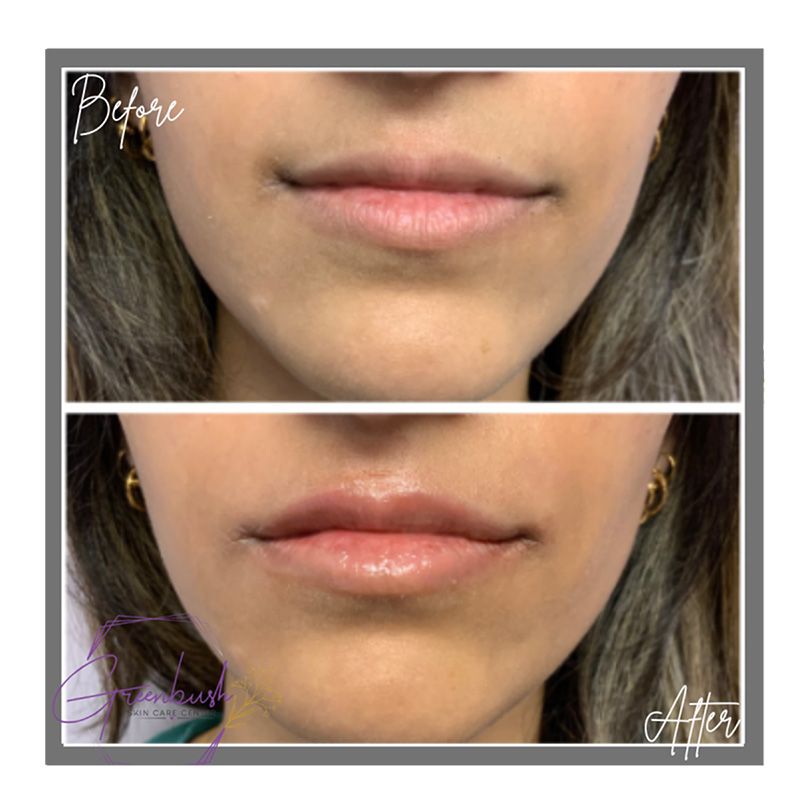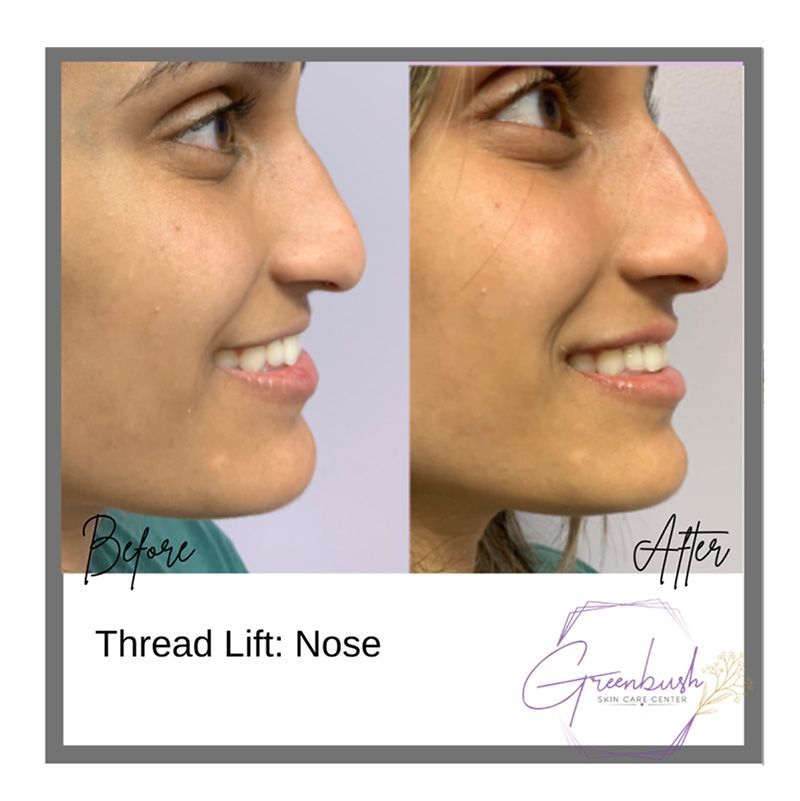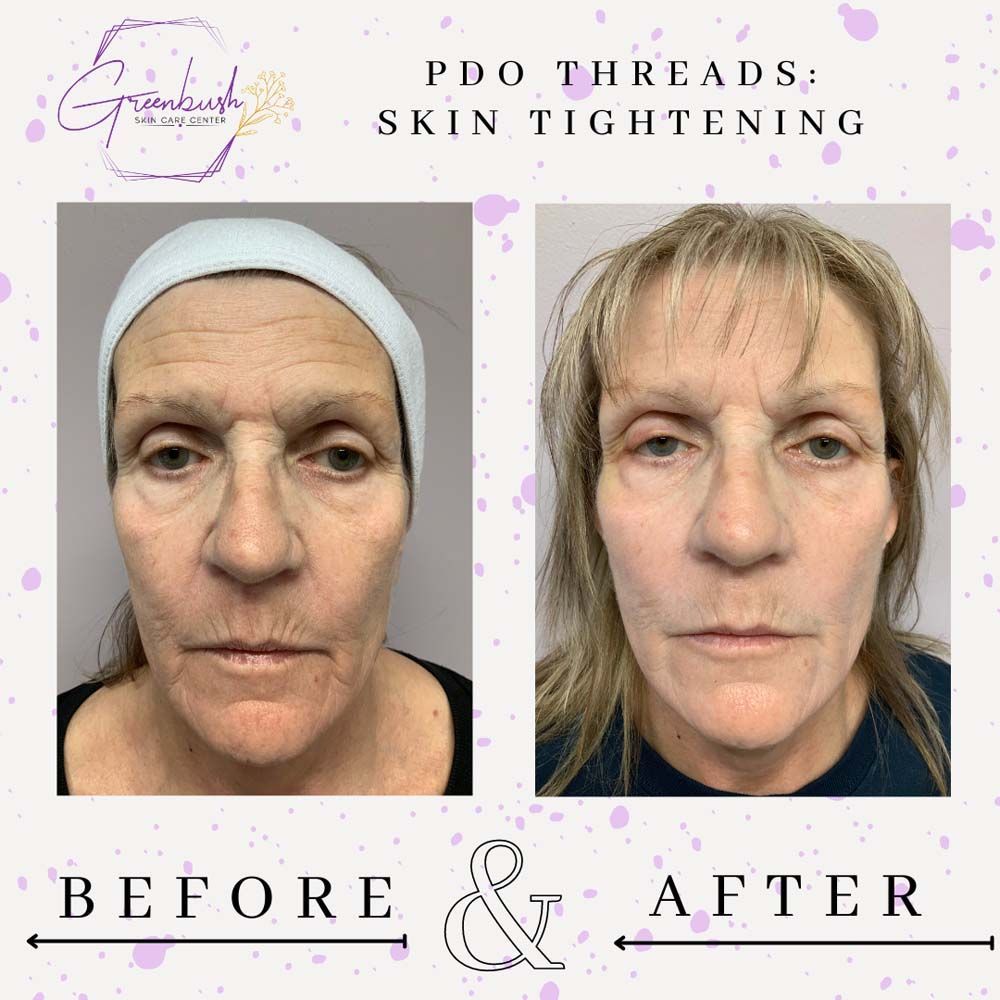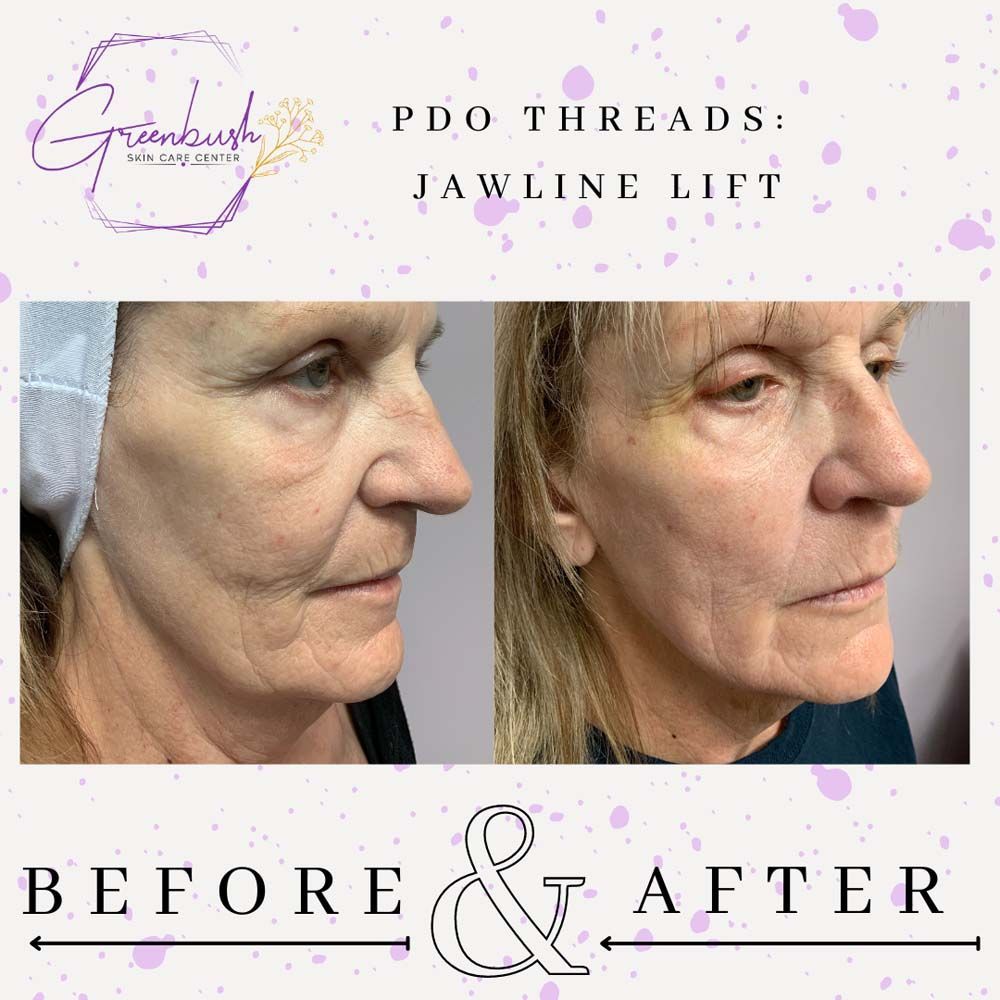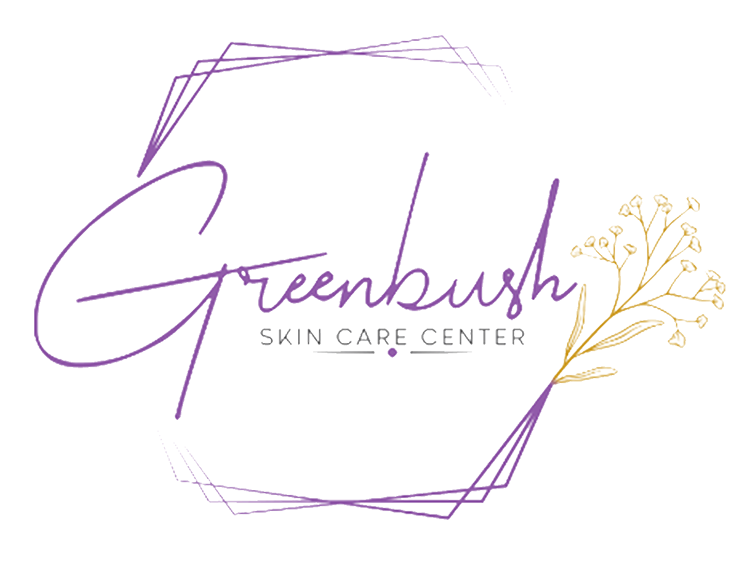What Are PDO THREADS?
PDO threads are one of the latest options available to help stimulate collagen production. PDO threads, stands for polydioxanone thread, a synthetic absorbable surgical suture, proven to be one of the safest materials to be implanted in the body.
Benefits of PDO Threads
PDO threads can effectively:
- Improve the quality of the skin.
- Redefine the contour of the face.
- Reduce roundness.
- Reduce wrinkles.
- Lift sagging skin in the cheeks, jowls, and neck.
- Enhance the volume of the lips.
- Stimulate collagen production.
PDO Thread Treatment
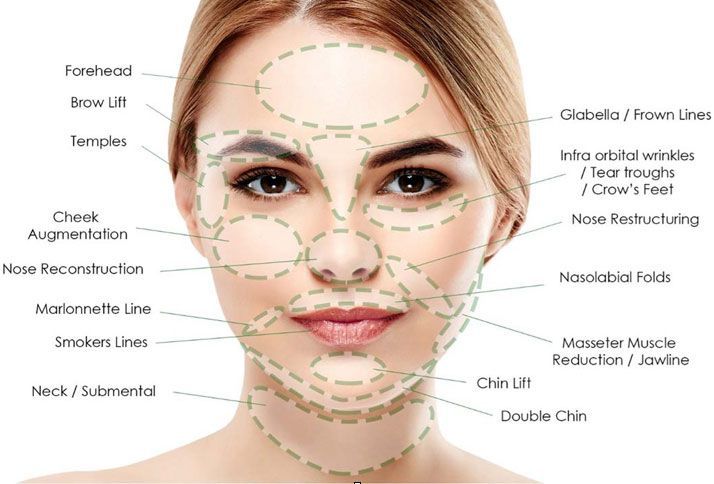
Local anesthetic is gently injected into the entry points for the threads. The PDO threads are introduced using a delicate needle or a fine microcannula. You will be able to resume everyday activities in a couple of days. Great results can be also achieved by combining PDO threads with dermal fillers or neuromodulators. Treatment time can vary between 20 – 60 minutes depending on the area that is being treated.
PDO Thread Treatment Results
PDO Threads help redefine facial contour and induce collagen production. Stimulation reaches full effect in about 3 months after treatment, once collagen has naturally formed around the thread. A recent study by The American Society for Dermatologic Surgery showed that the thread is safely absorbed within 4-6 months, and by month 7, the collagen present in the treated area increases by 100%. Results may last between 8-14 months.
Schedule A Consultation
If you are interested in the PDO Thread treatment, contact Greenbush Skin Care Center at (518) 391-2889 to schedule a consultation with our office or fill out an online contact form and our office will be in touch with you.
